Art Science and Sustainability
Dr. Oseng-Rees has developed an entrepreneurial project aimed at children to raise awareness of the decline of the bumblebee through the lens of art, science and sustainability.
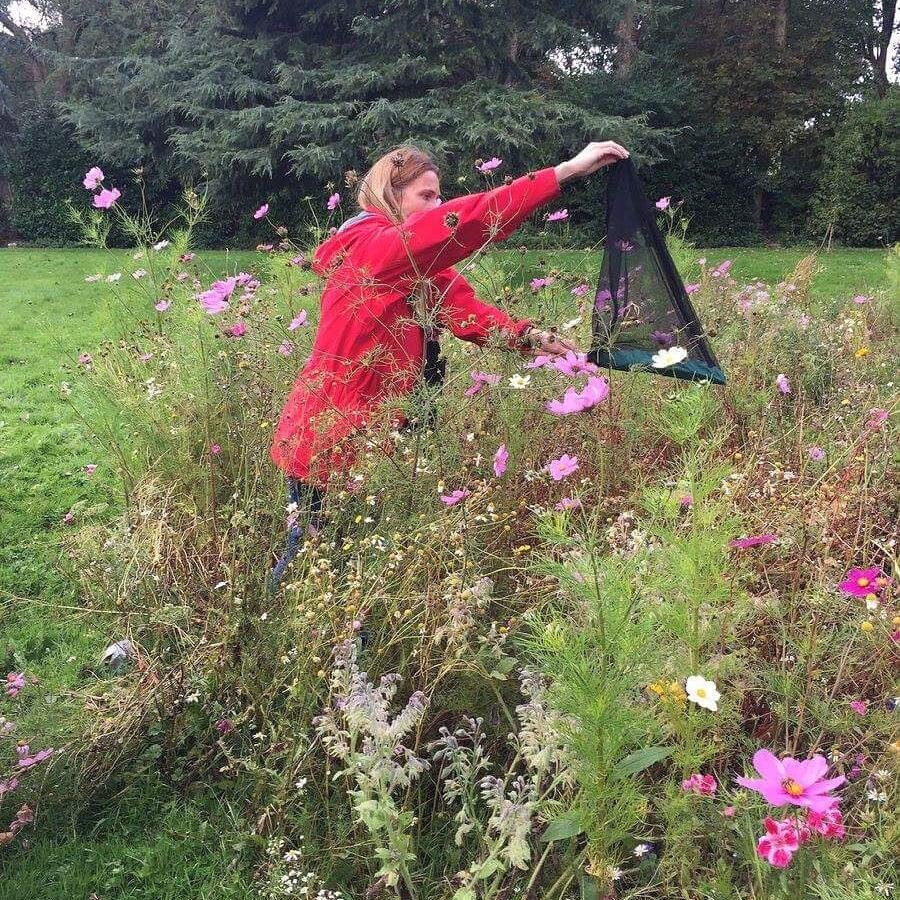
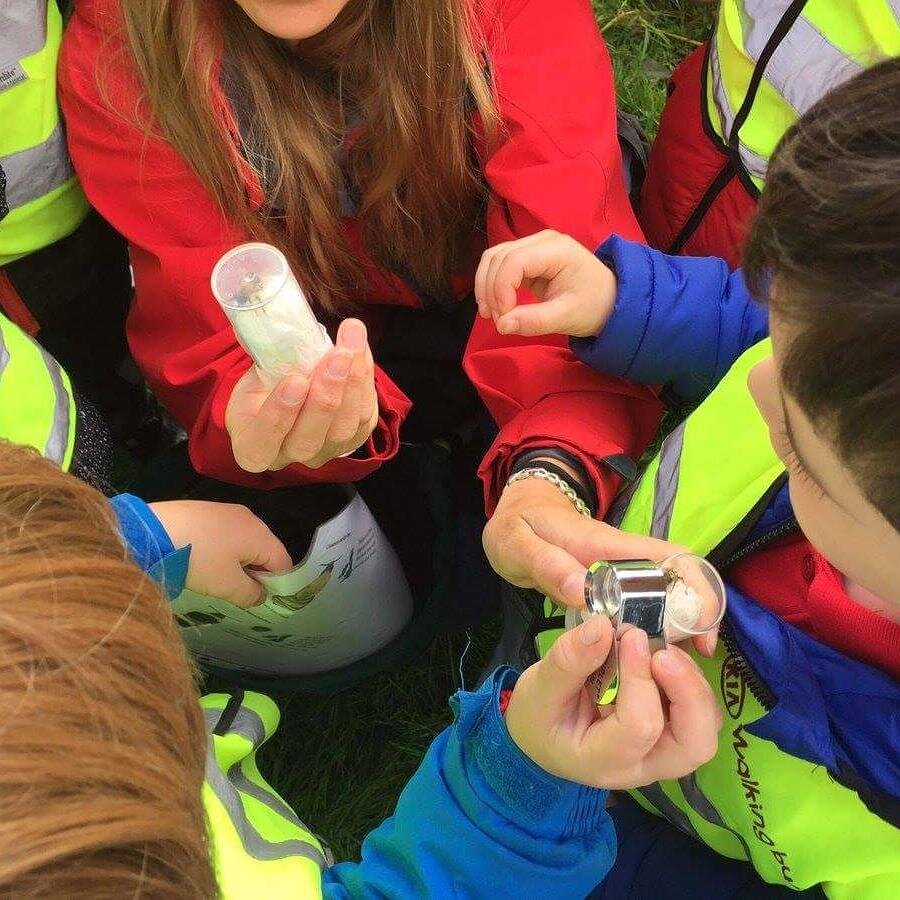
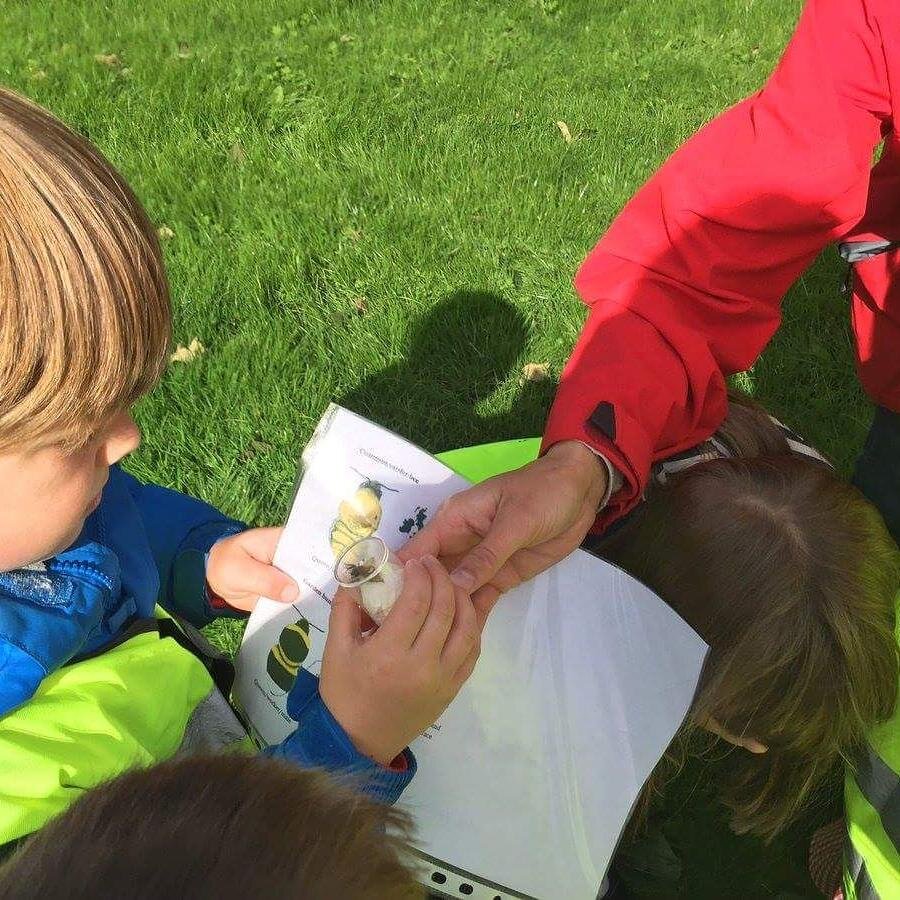
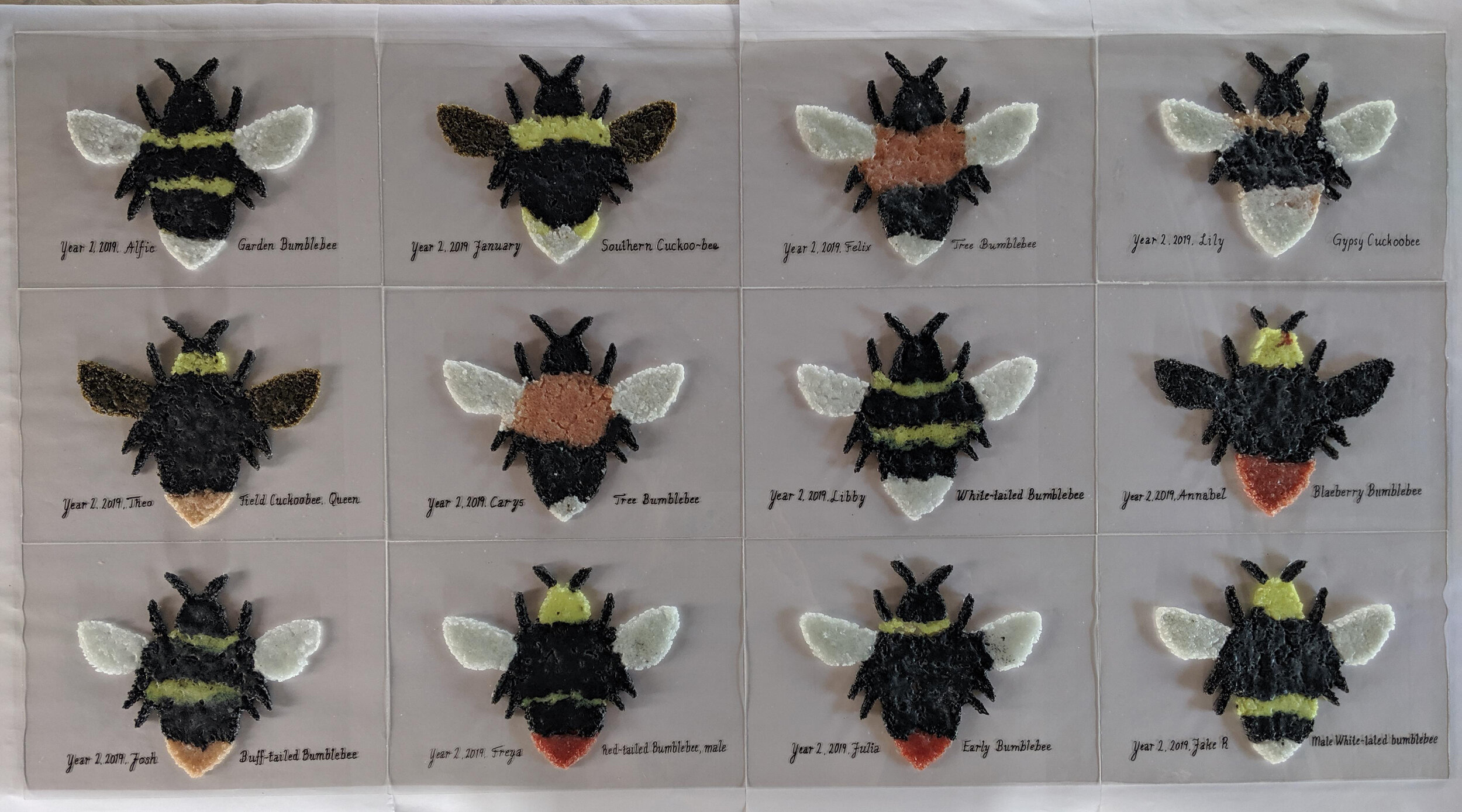
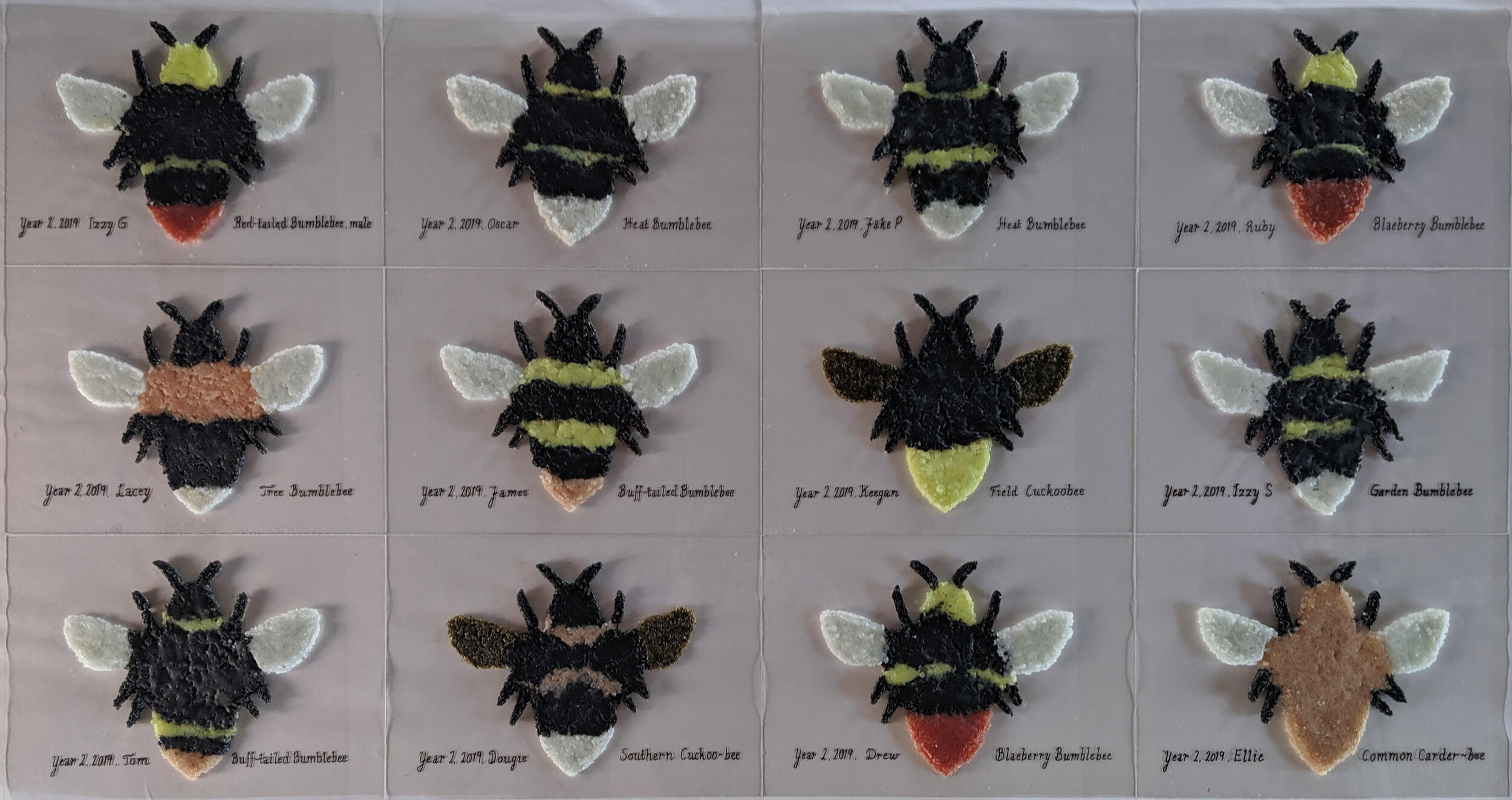
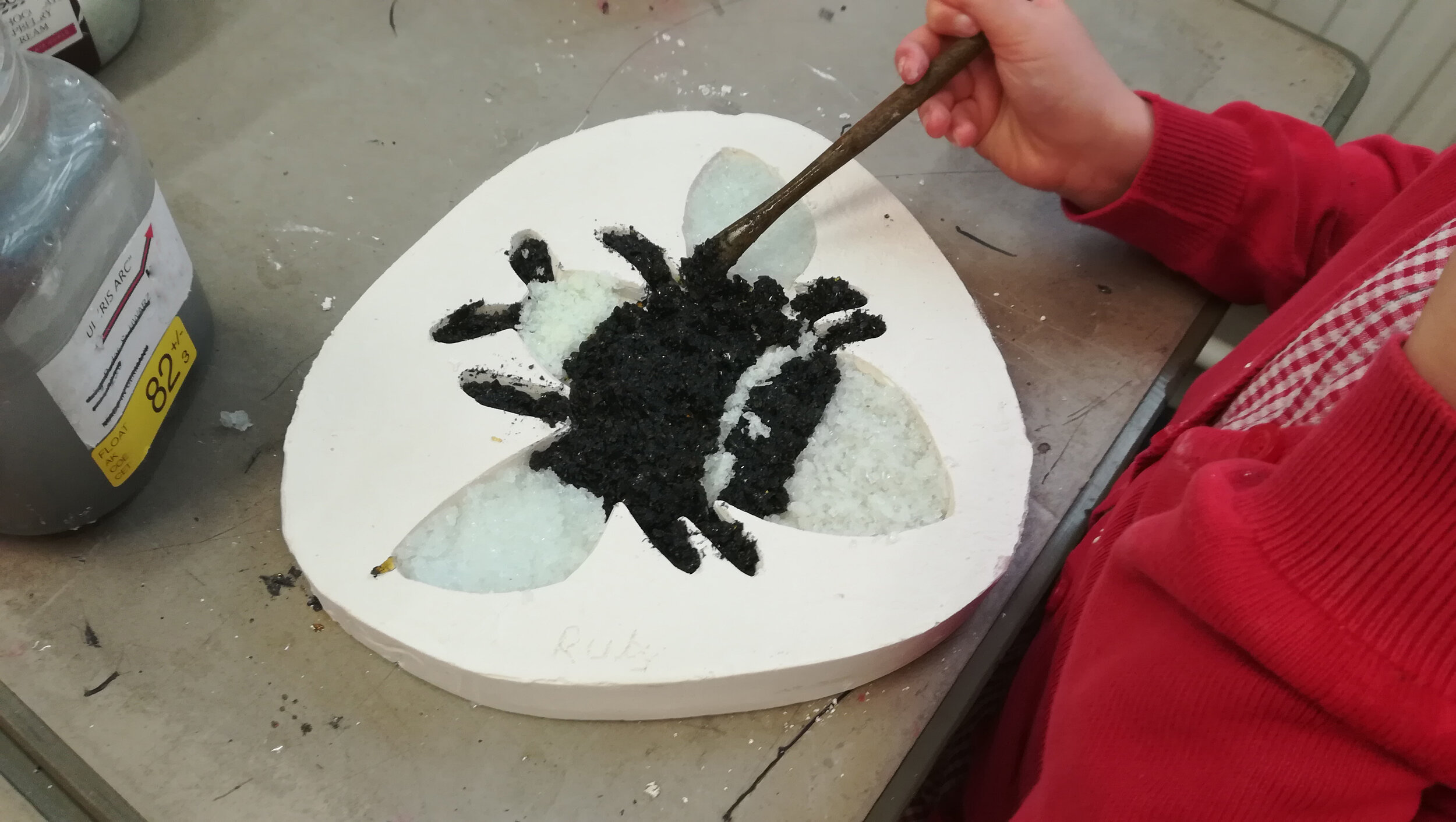

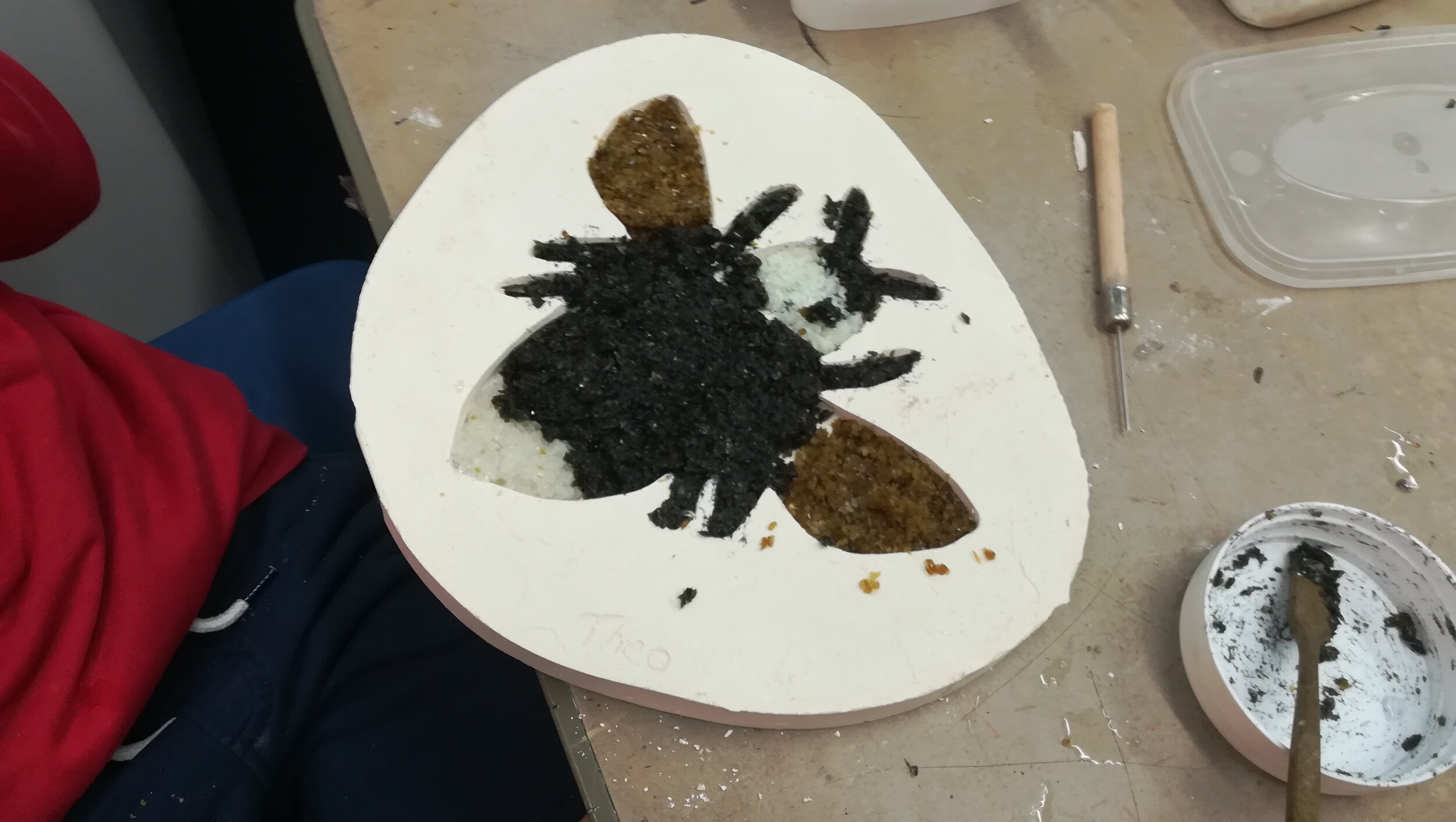
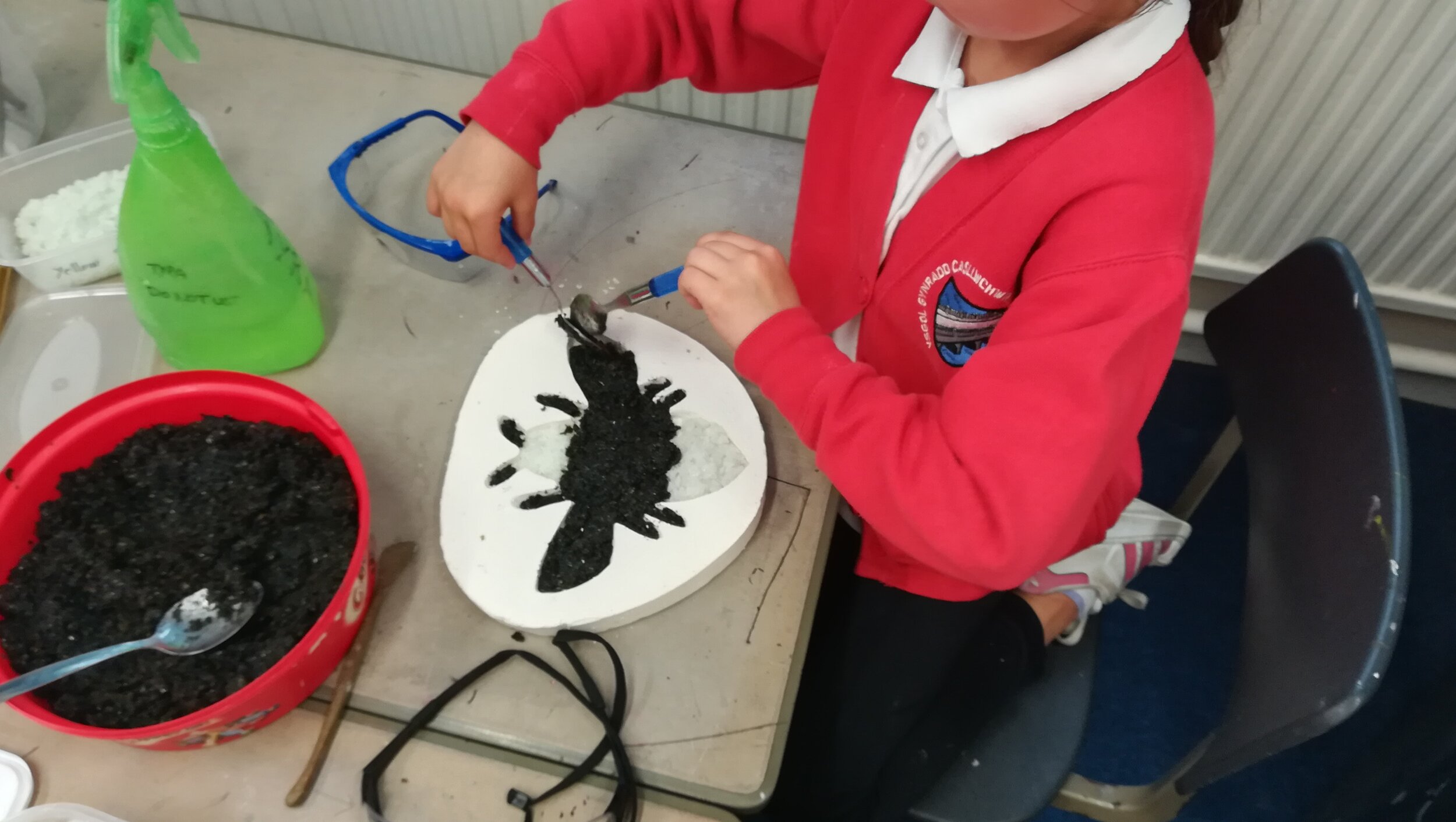


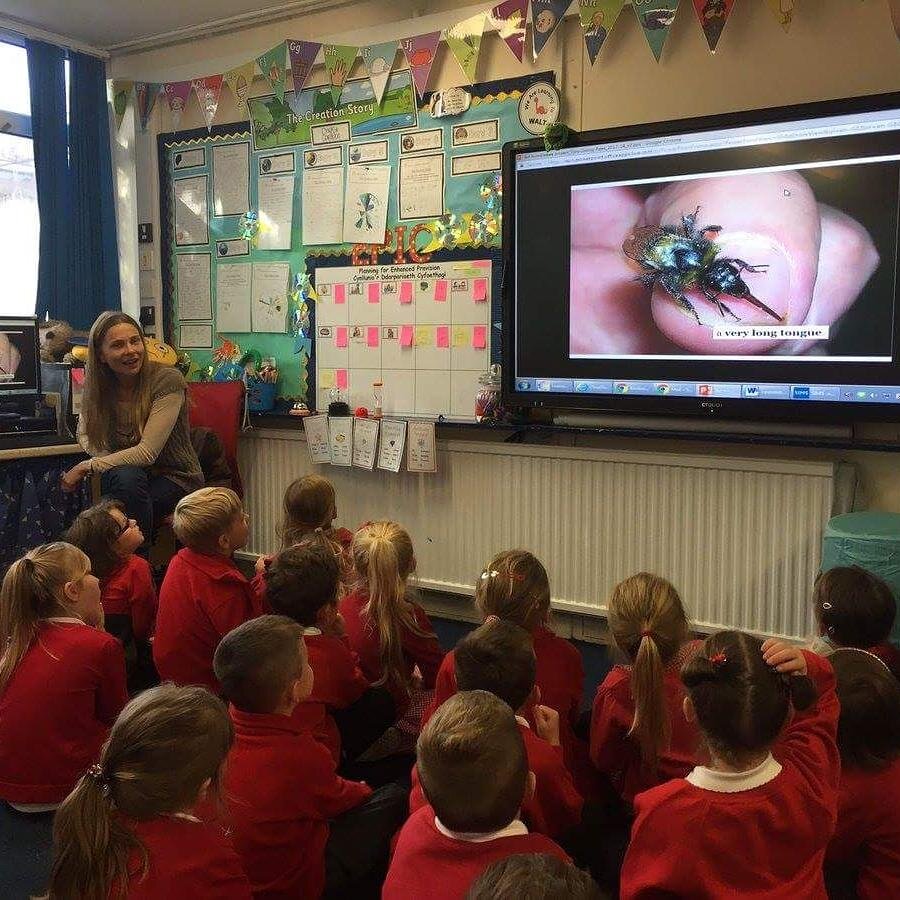

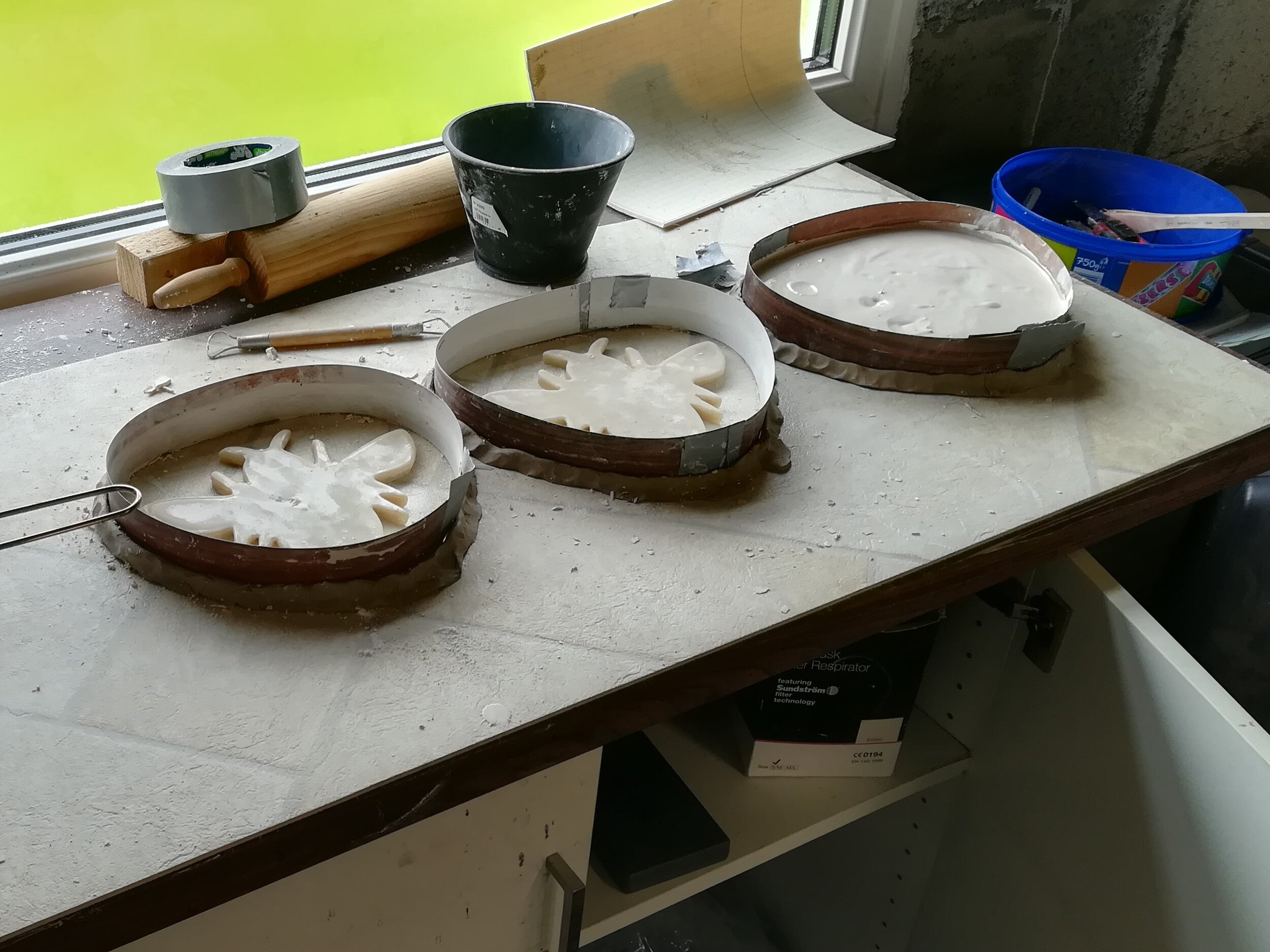

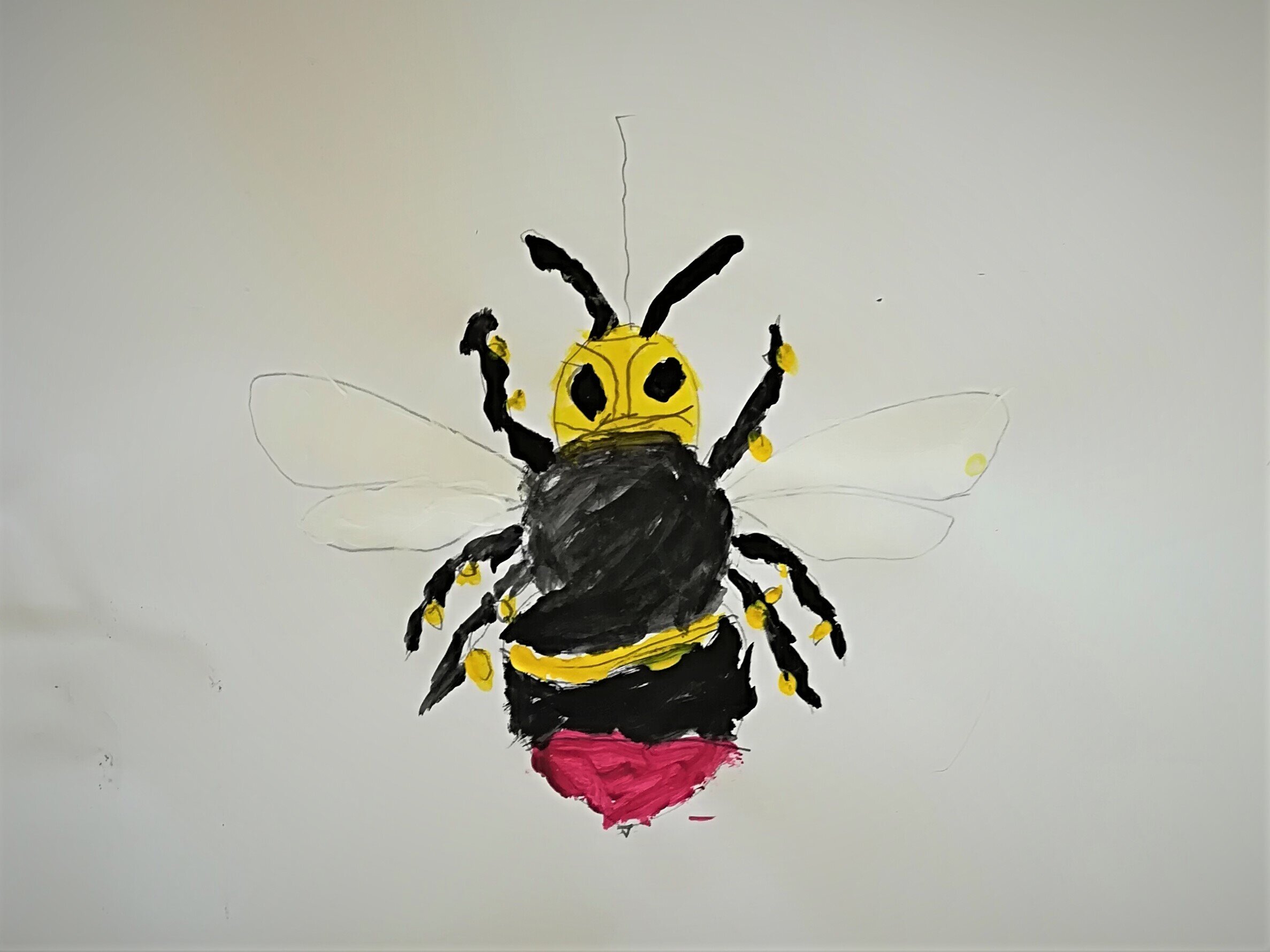
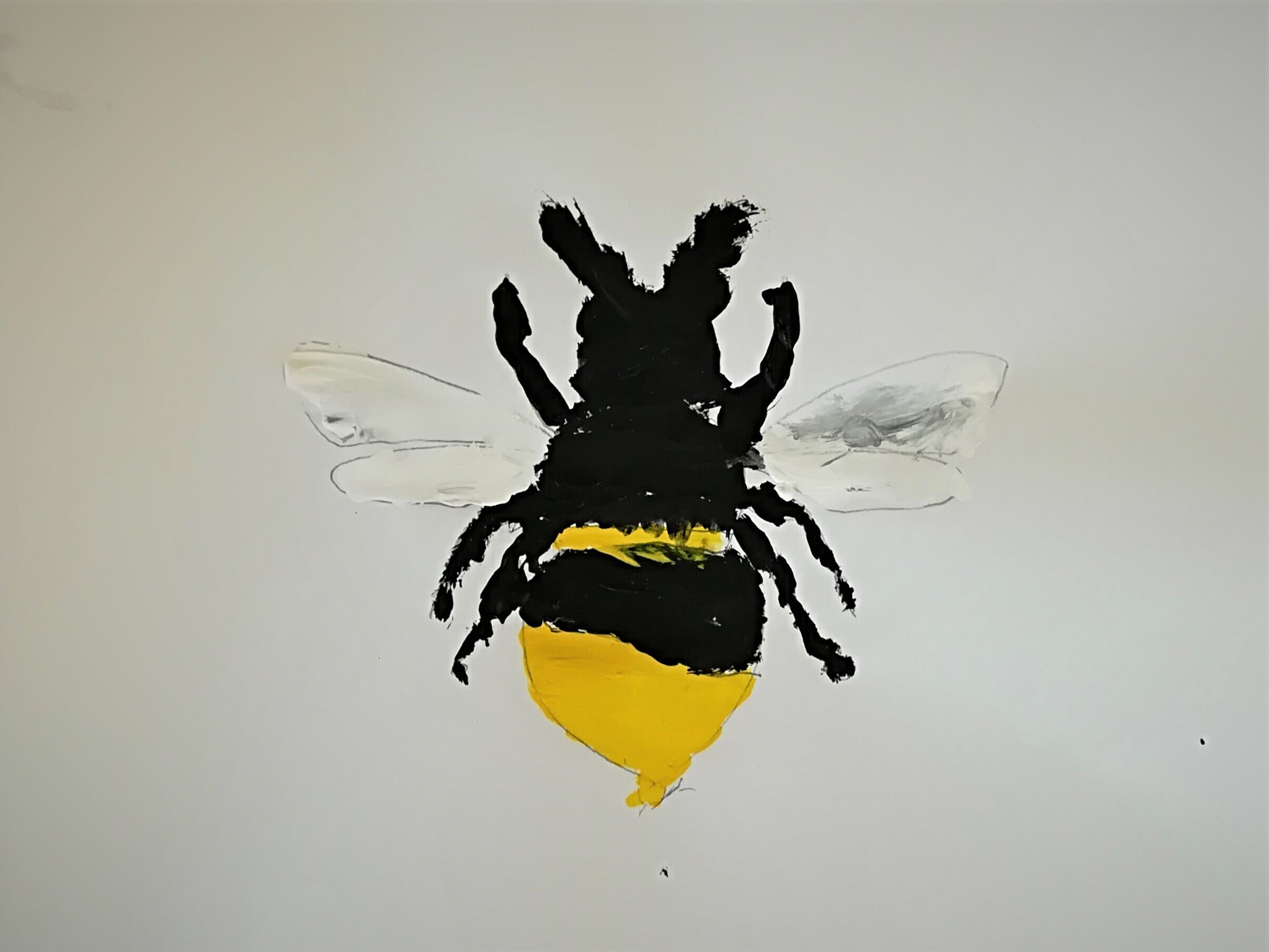
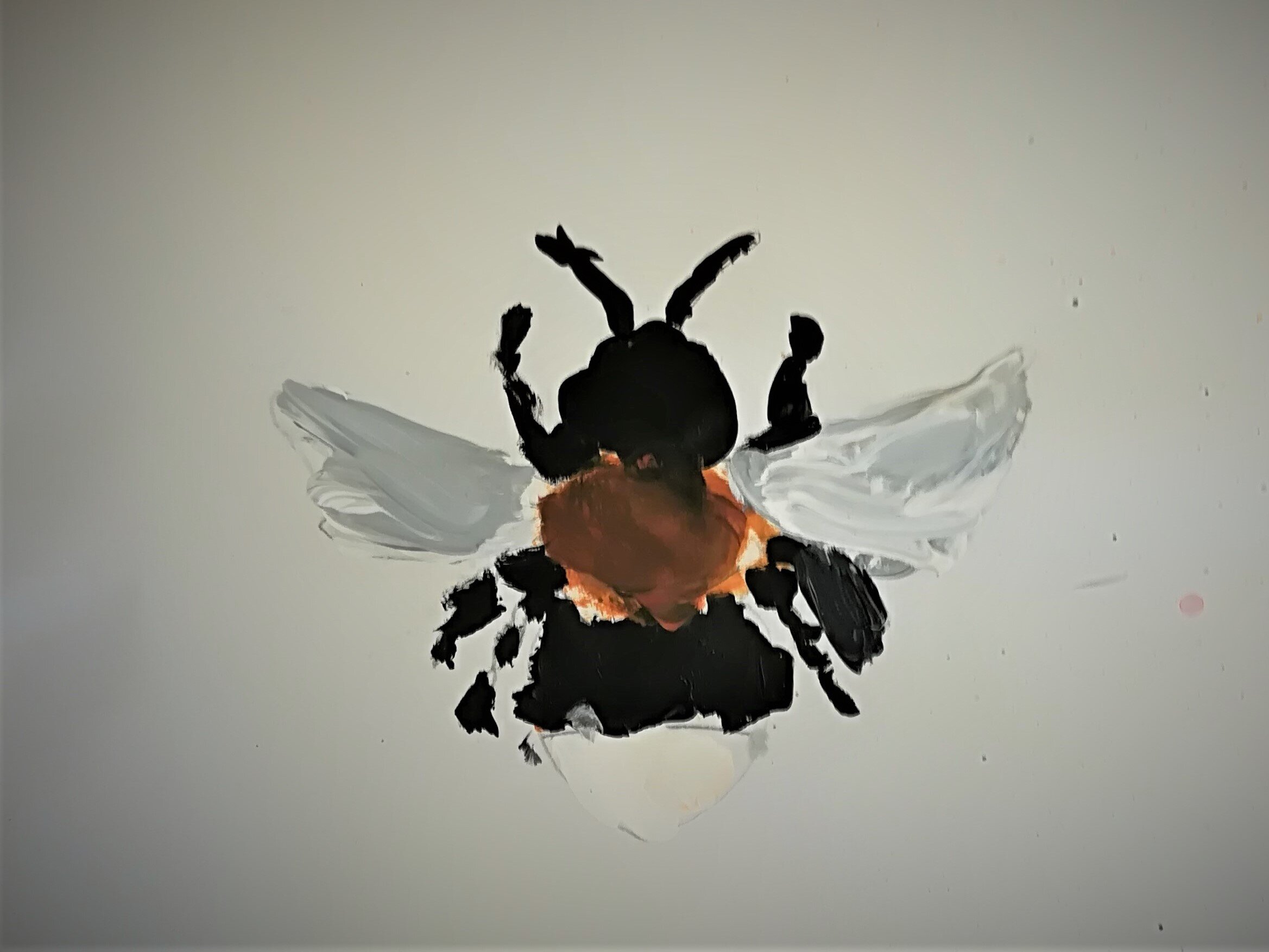
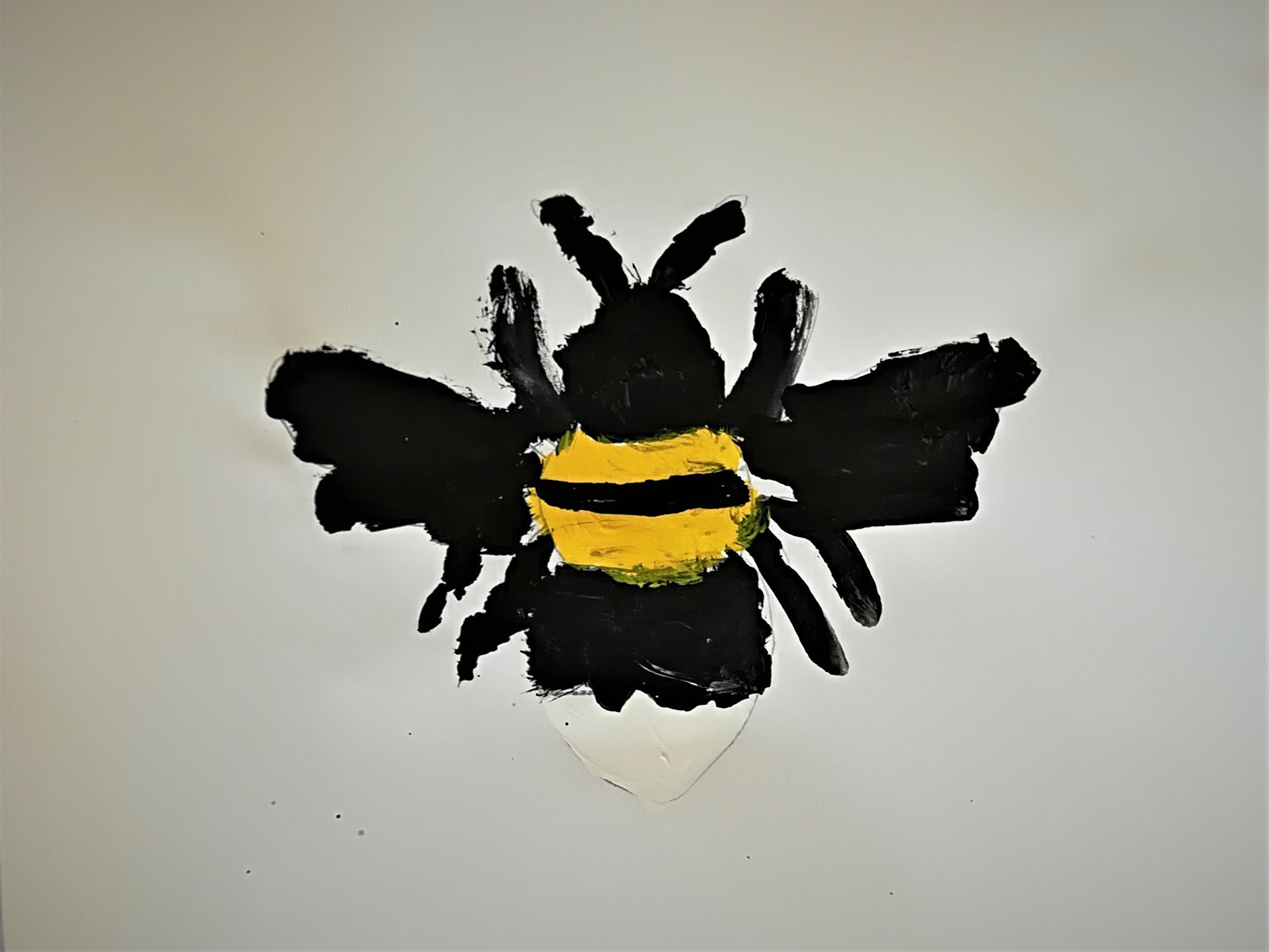

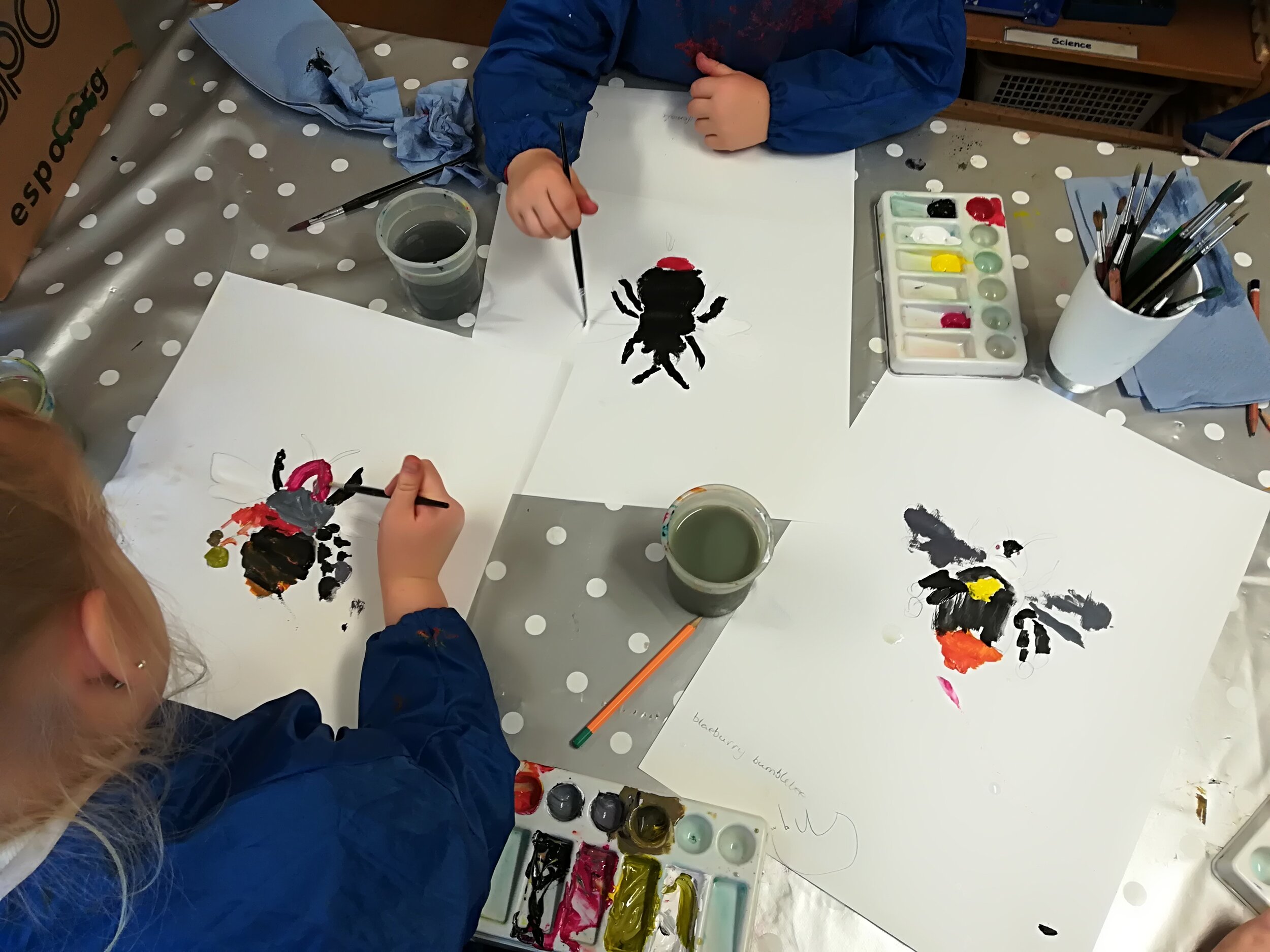

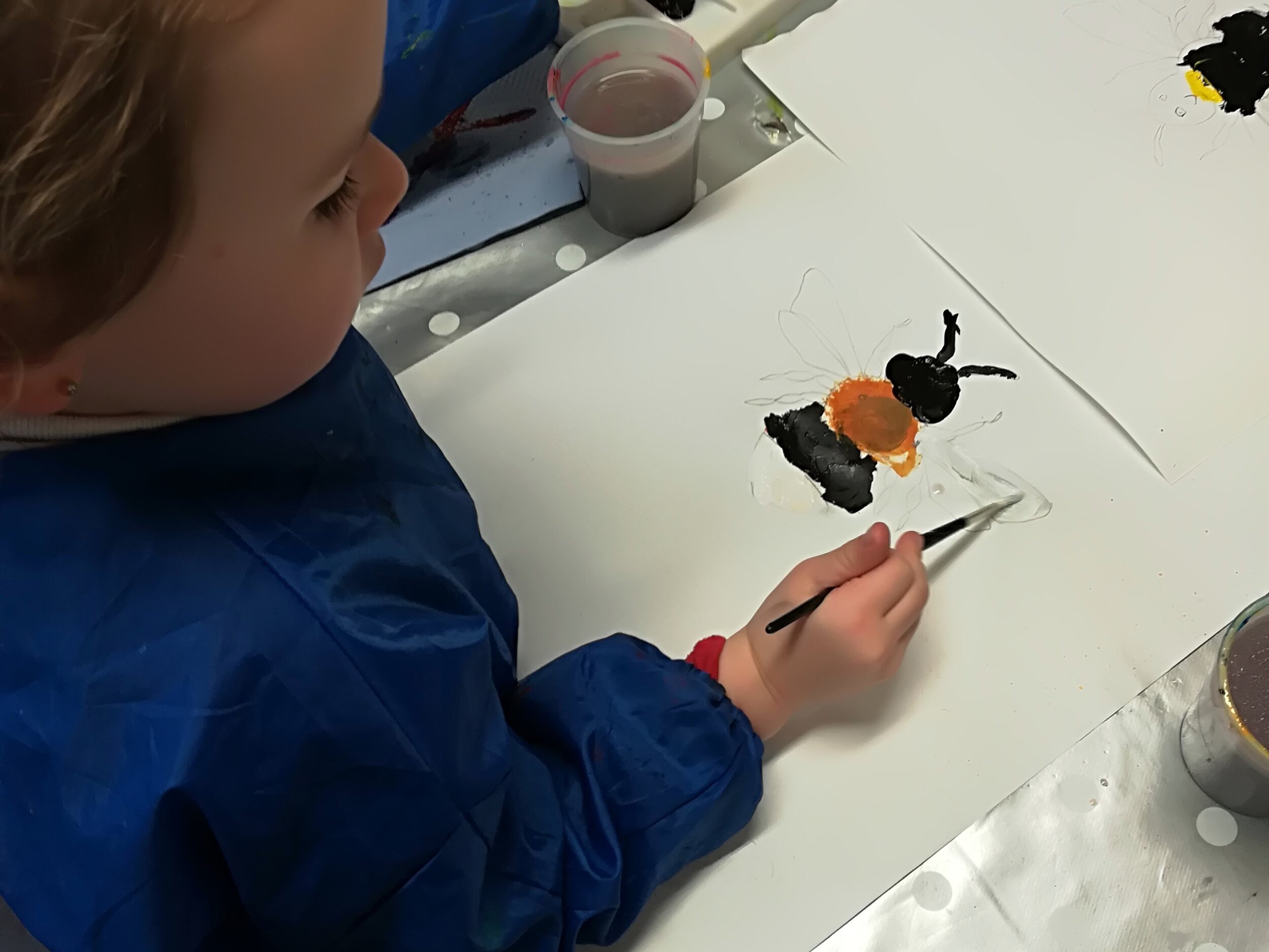
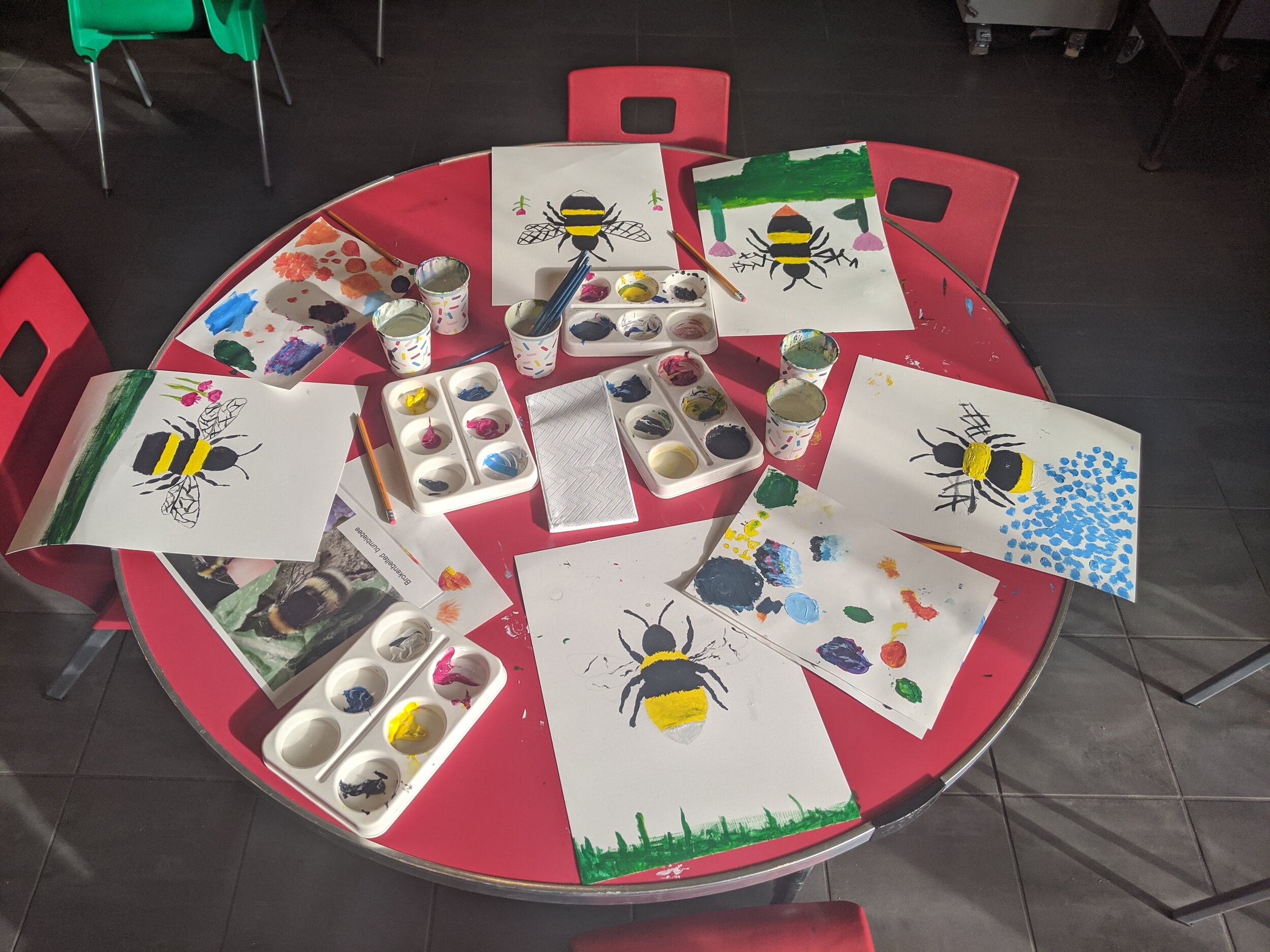


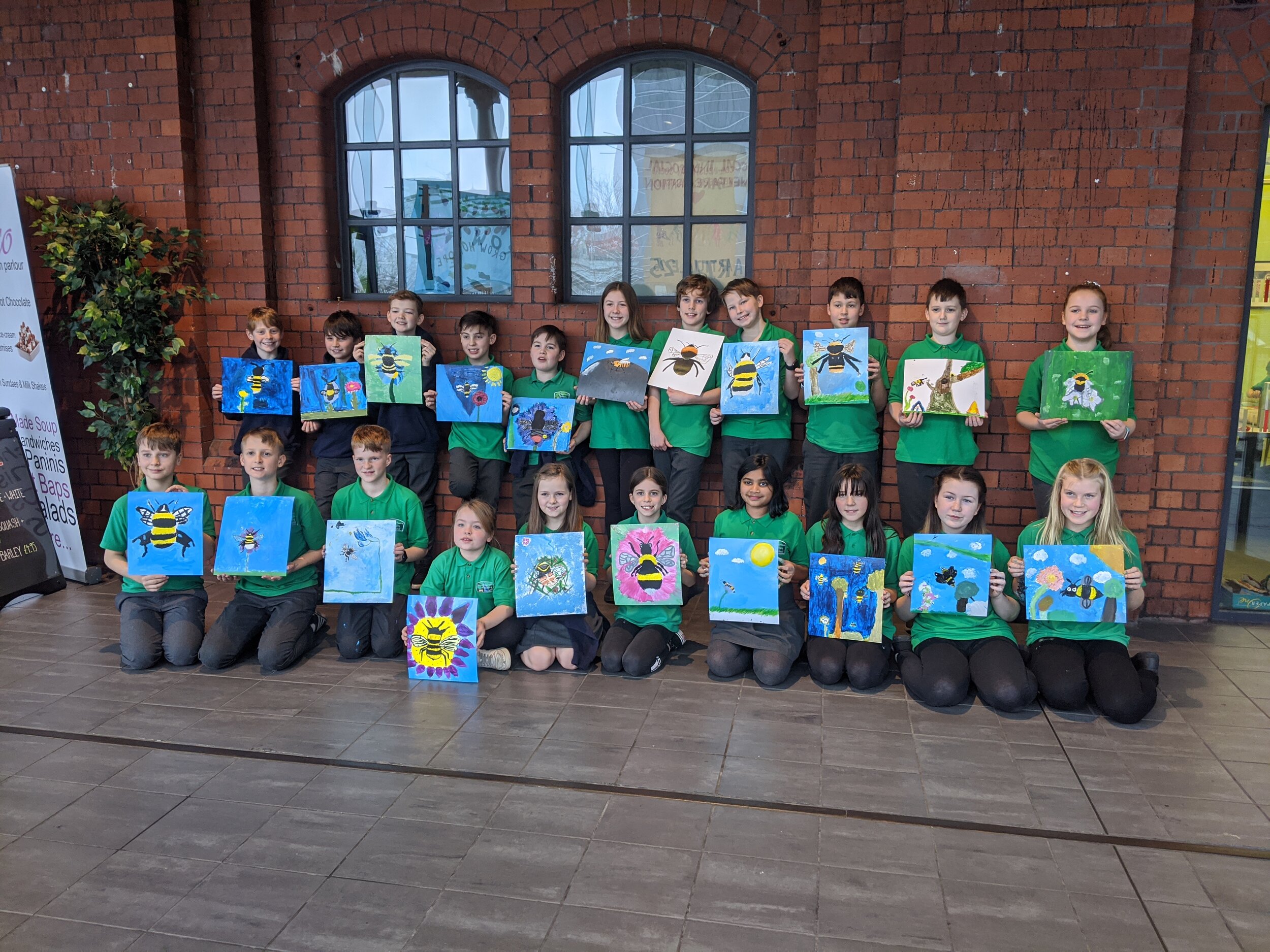
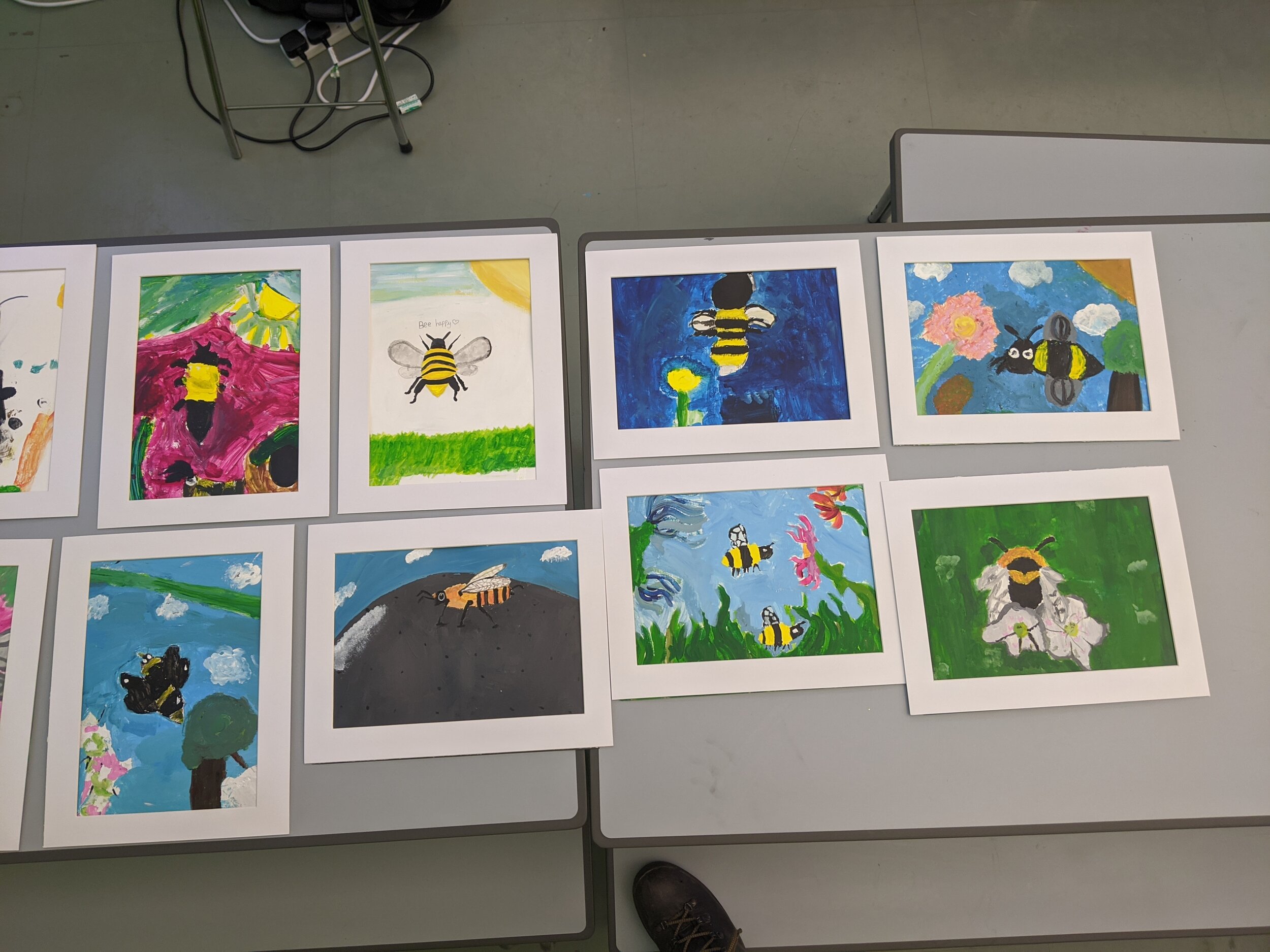

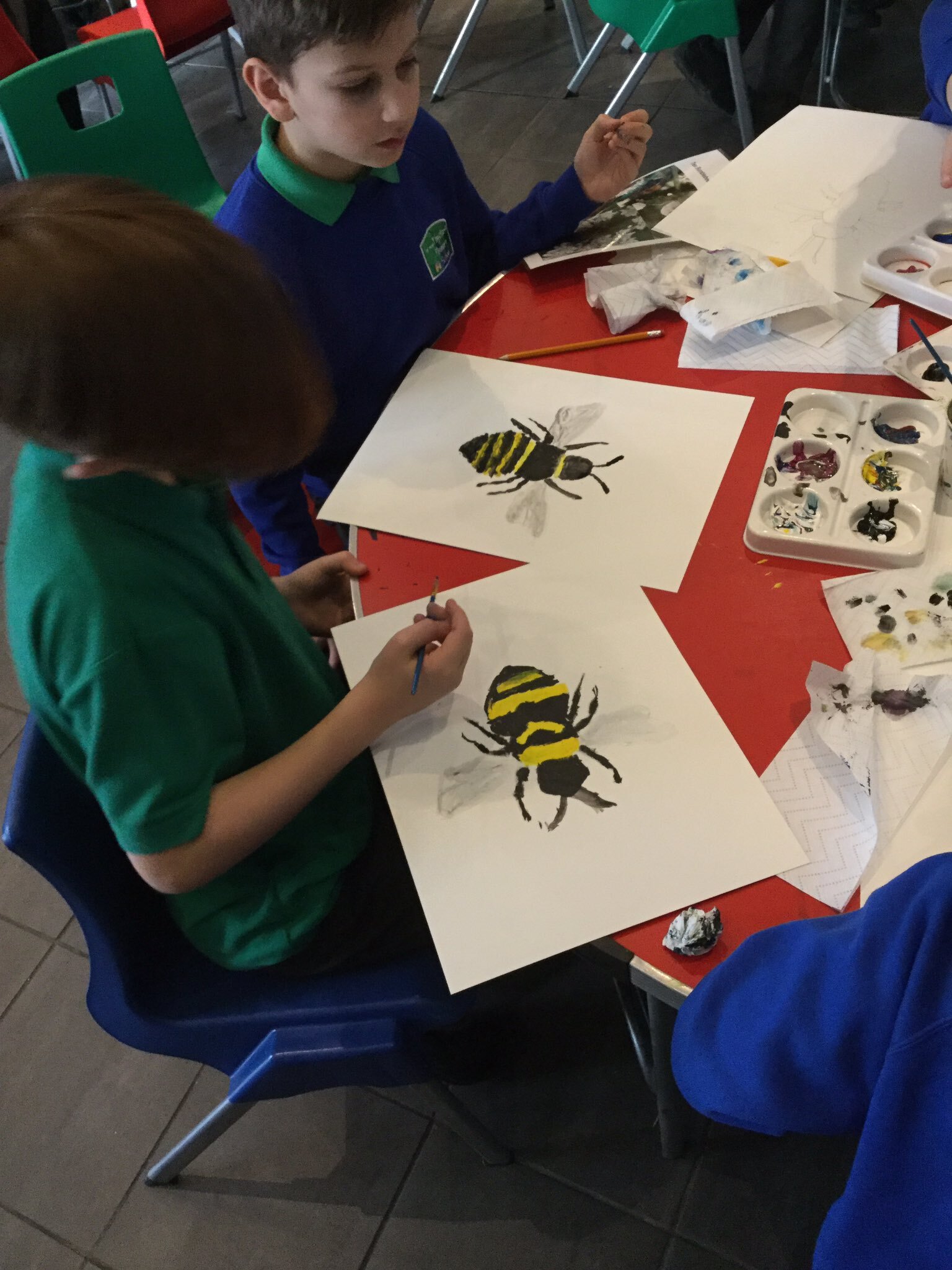
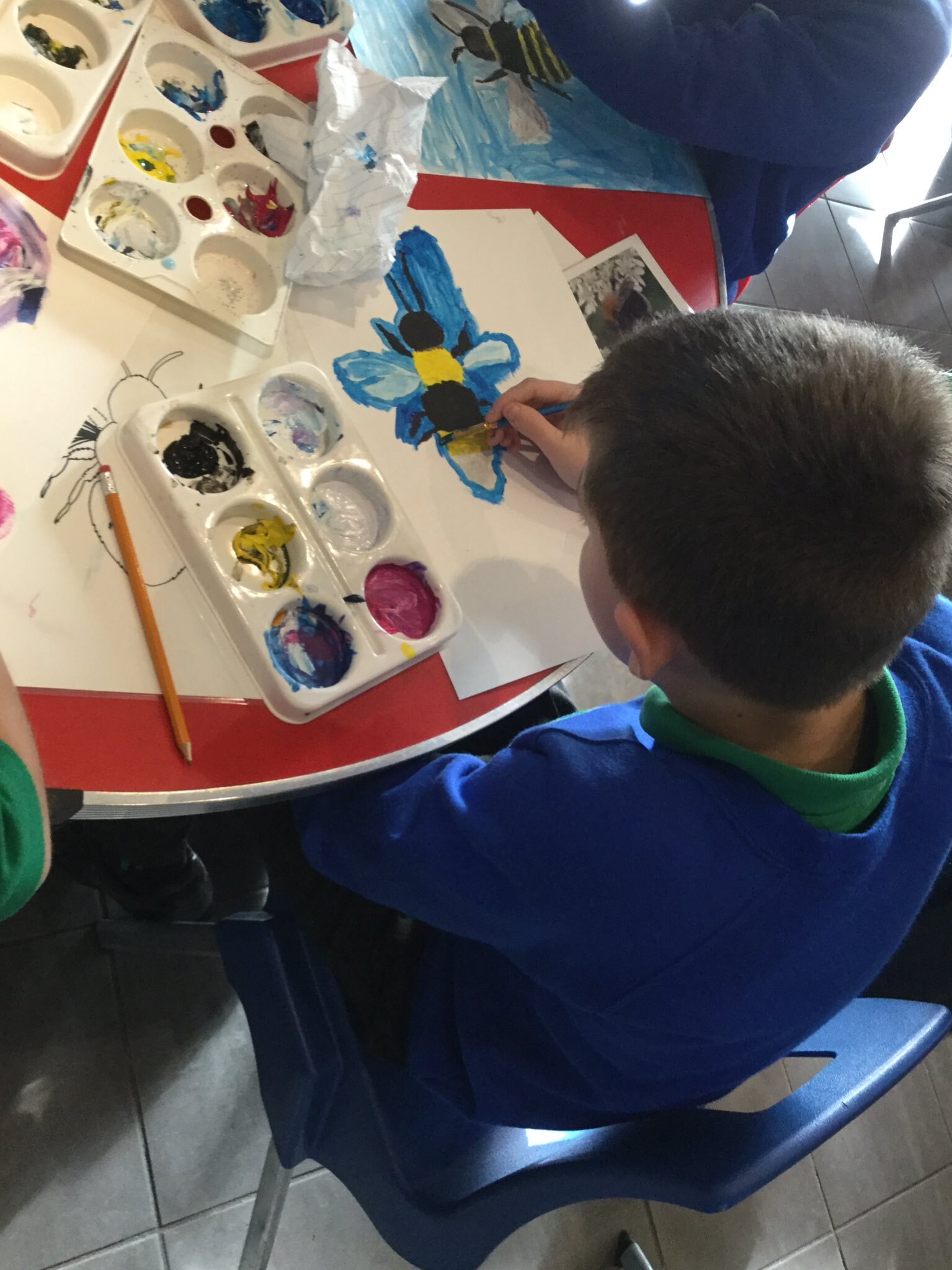
Dr Oseng-Rees has developed a workshop for children to learn about entrepreneurship through empathy mapping of the fragility of bumblebees, using the medium of art for learning. Despite the common believes that entrepreneurship is about making money and job creation it is also about empathy, sustainable living and creating values for others. It is learning about long-term thinking, consequential decision making and to understand the benefit of sustainable living. With a great inspiration from the quote by the Danish Foundation for Entrepreneurship and Young Enterprises, Dr. Oseng-Rees believes that children’s entrepreneurial journey start in their early years and by combining Arts, Science and Sustainability, this workshop is a step towards a positive future for our next generation.
Entrepreneurship is when you act upon opportunities and ideas and transform them into value for others. The value that is created can be financial, cultural, or social.
How it all is done…
It is well-known that bumblebees are great pollinators, and therefore have a key role in producing much of the food that we eat. Bumblebees also help pollinate many wildflowers and without this pollination many plants would not produce seeds, resulting in declines in wildflowers. And as wildflowers are often the basis of complex food chains, it is easy to imagine how other wildlife such as other insects, birds and mammals would all suffer if bees disappeared.
Sadly, our bumblebees have been declining because of changes in agricultural practices that have largely removed flowers from the landscape, leaving the bumblebees with little to feed upon. So, what can be done? We can work to raise awareness of the plight of the bumblebee amongst the general public and Oseng-Rees Reflection has developed a project aimed at children to raise awareness of the decline of the bumblebees.
Observing-Planning-Creating-Evaluating
Using an Observing-Planning-Creating-Evaluating-process the pupils learnt how to identify the variety of bumblebees and using their newfound knowledge to paint and make one identifiable bumblebee from the twenty-four species that live in UK in recycled glass.
Observation skills through art
Through the medium of art, the children explored how to create all variety of colours using Itten’s Colour theory. Then by using only primary colours they had to mix the colours independently and paint one of the twenty-four native bumblebee.
Sustainability and circular economy
As a part of the education for the future generation and sustainability, the children and parents were encouraged to clean and remove labels of household glass bottles and jars to bring to school. The glass was then brought back to the studio for processing before the recycled glass was ready for bumblebee making. The children participated in the cleaning and removal of the labels at home, and learnt about the full process of glass recycling, re-use and up-cycling of waste.
Making art using scientific and technical processes
After observation, processing and evaluating all about native bumblebees in UK, the children were able to create their own bumblebee from the recycled glass they had cleaned themselves. They were combining the observation skills, hand-eye-coordination skills, and identification skills to make a replica bumblebee of one of the native UK bumblebee species.
The final bumblebee reflects the bees fragility in real life as in the same time shows the variability of all the native bees in UK.
Results
As a result, from the project with the children the feedback from parents has been astonishing and that they've learnt so much about bumblebees from their children. The awareness of the variety of bumblebee species and which flowers the bees are foraging on has created a newfound interest in their own gardening. A quote from one parent after the project sums it up.
“I just wanted to tell you about (NN’s) morning today. She just spent about 20 minutes teaching me and my son about bumblebees. She has remembered an incredible amount of what you taught her. Thank you!”
Parent Year 2, Casllwchwr Primary School